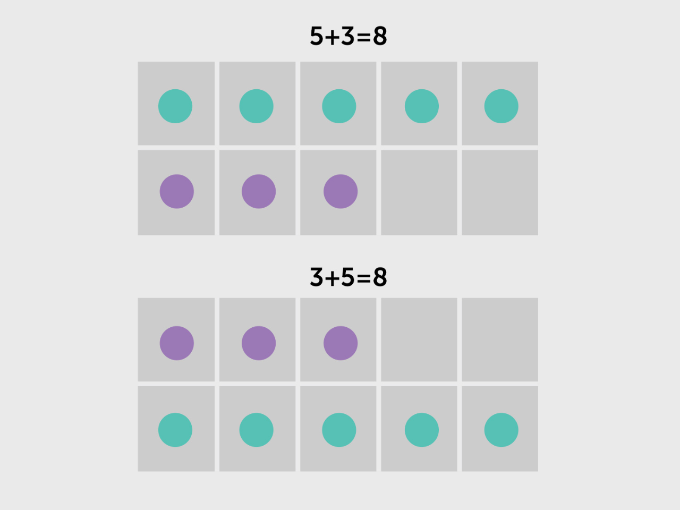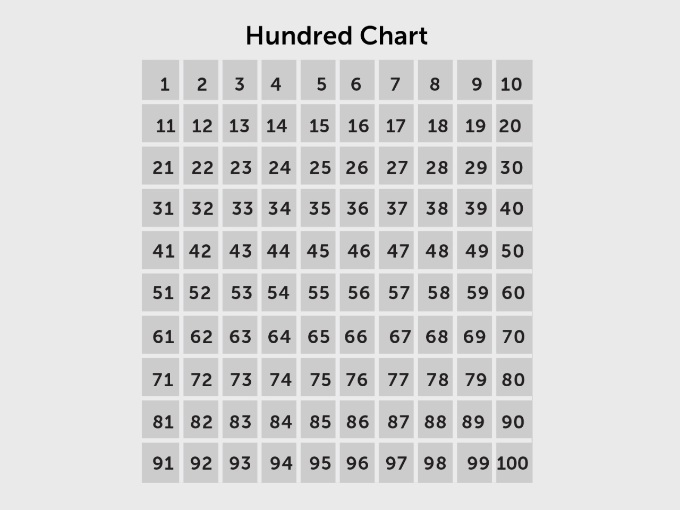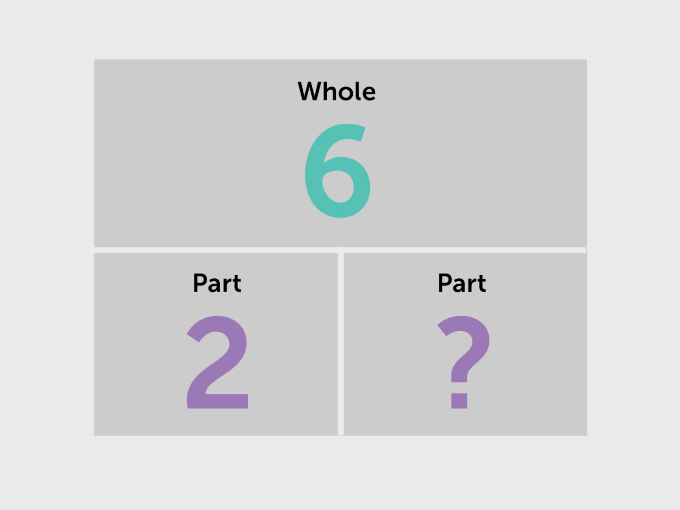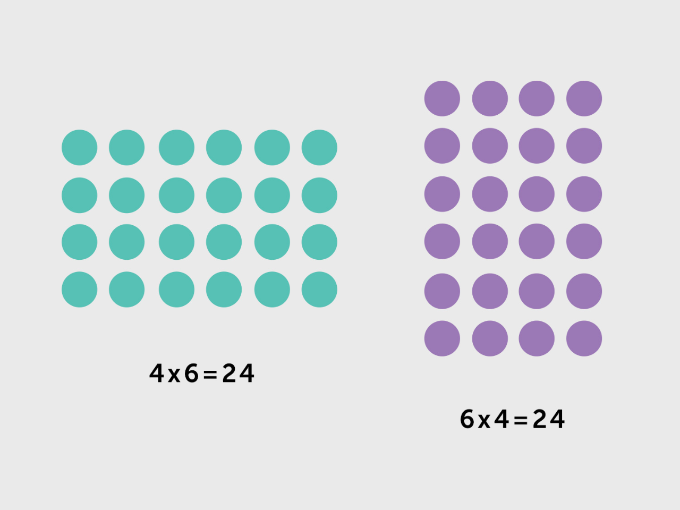If you're the parent of an elementary schooler, you've probably already figured out that your child's math class is different from math class when you were young. Kids today are engaged in hands-on activities, technology, and small group teaching. They're not learning to "borrow" numbers and "carry the one." In fact, one of the major changes in how math is being taught now involves the use of language. Your child is probably using new math terms daily and focusing on building number sense, decomposing numbers, and using different models to show her thinking. She’s using 100 charts, ten frames, and building fact fluency every day — terms that may leave you scratching your head and wondering why you can't figure out a 1st grade worksheet. (Trust us, you're not alone.)
But understanding what your child is being taught in class will help you to have deeper conversations about his learning, and stay informed of (and be able to help with) his daily lessons. Below are 10 frequently used terms your child may be exposed to in math class that will help you stay tuned in — and that's a (math) fact.
1. Mental Math: This is the ability to see, solve, and calculate math problems in your mind without the use of a pencil, paper, or calculator. It’s very important to build strategies for your child to increase their mental math skills.
2. Number Sense: Think of number sense as your child's overall understanding of numbers and flexible thinking about them. (Read more about number sense in our helpful article.) The ability to understand, relate, and connect numbers to each other and see numbers in many different ways. Developing your child’s number sense is imperative to mathematical success.
3. Decompose: This is the ability to break apart numbers into smaller parts. For example, your child will learn in kindergarten and first grade to decompose the number 10 — this number can be broken apart into the numbers 9 and 1; 8 and 2; 7 and 3; etc. See an example below:










